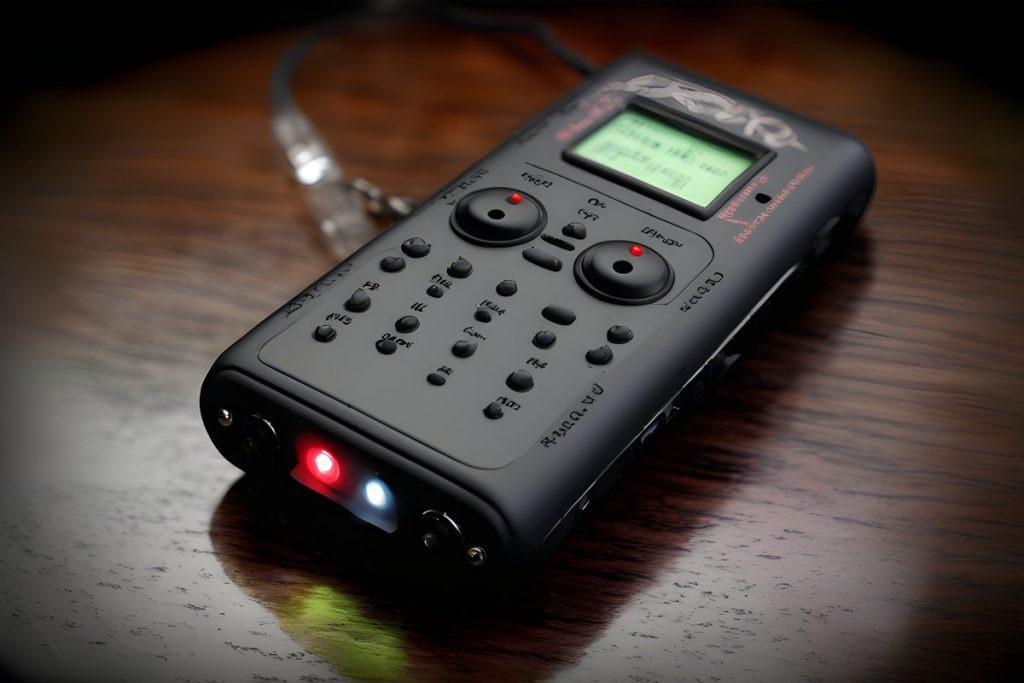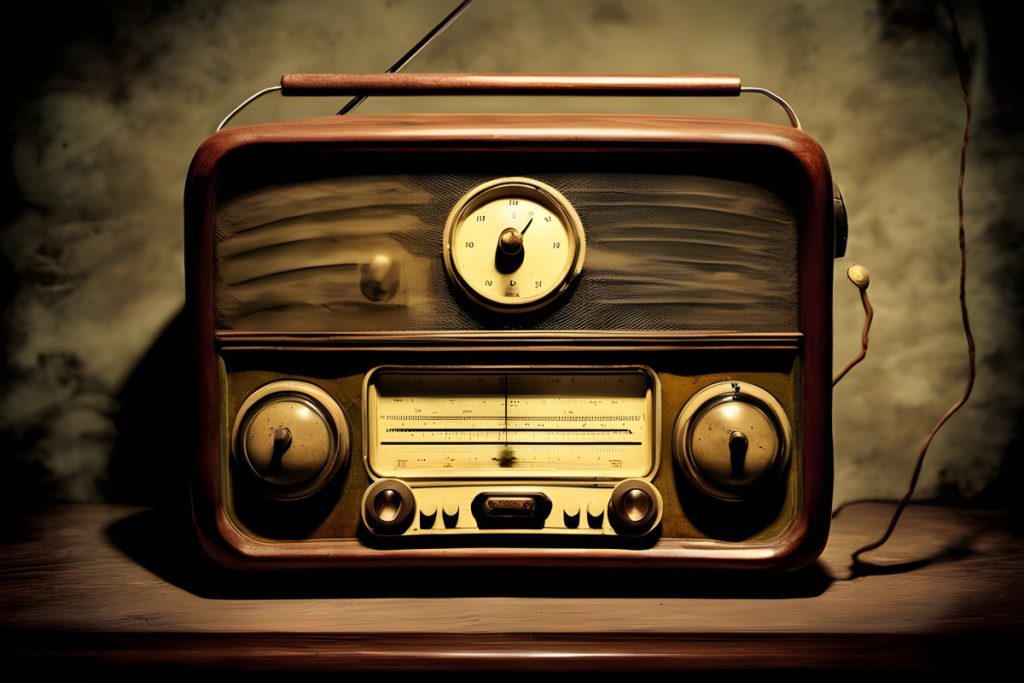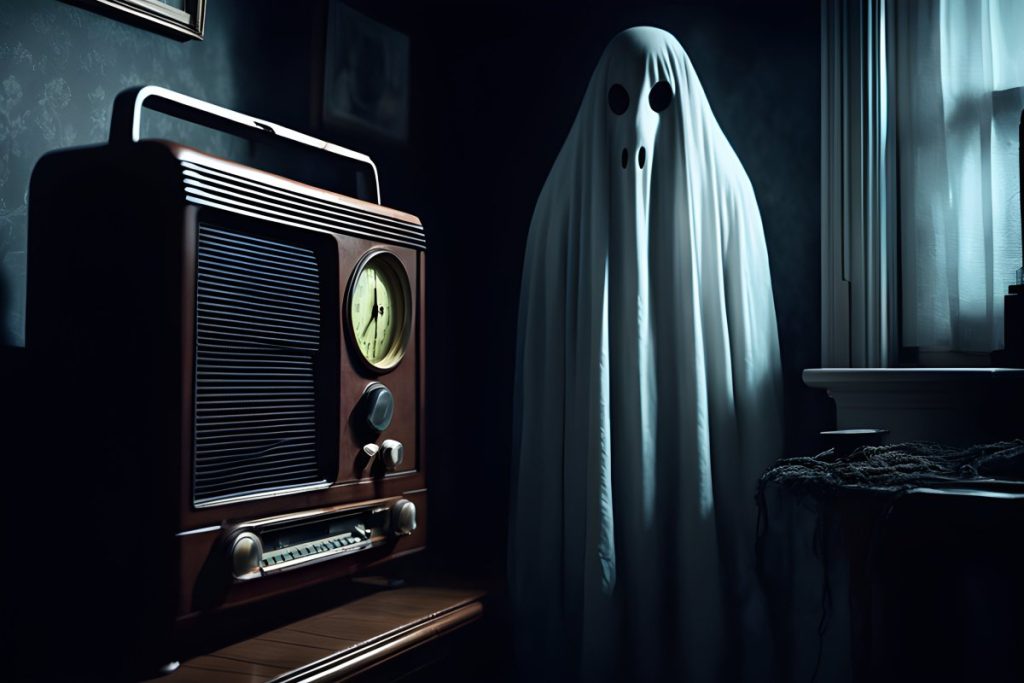As an avid paranormal investigator, one of my favorite methods for making contact with spirits is through EVP, or electronic voice phenomena. Capturing the voices of ghosts through electronic recording devices remains one of the most compelling forms of supernatural evidence. But for beginners, learning the techniques and tech tools involved can seem daunting. In this article, I’ll provide an overview of the key elements that go into recording and analyzing EVP.
What is EVP?
In short, EVP refers to capturing anomalous voices, utterances, and sounds on various recording devices that are believed to be of paranormal origin. EVP ranges from faint whispers and murmurs to loud pronouncements from beyond. These vocal traces can respond directly to questions or offer commentary seemingly unprompted. The key is that they are only perceptible upon playback, not audible in real-time.
Recording Techniques
Though spirits may not follow strict rules, there are some recording practices that optimize EVP gathering. Finding a quiet location is ideal, as ambient noise can mask voices on the recording. Ask clear questions and allow at least 15 seconds of silence between speaking to allow responses. Digital recorders are commonly used for EVP, but anything that records audio—video cameras, cell phones, etc.—can potentially capture signs of speech. Playback volume should be enhanced and noise reduction applied.
Essential EVP Gear

High-quality digital audio recorders with sensitive external microphones are ideal for EVP work. Look for key features like low noise floors, quality mic inputs, and waveform sound visualization. Stereo recording is preferable but not essential. Some EVP specialists also use devices like geomagnetic and temperature sensors to track environmental fluctuations during sessions. For video, full spectrum and night vision cameras can reveal more.
EVP Analysis Software
Once you’ve recorded, analyzing the audio visually via software makes spirit voices easier to discern. Audacity is a widely used free audio editor with tools like noise removal. Paid options like Sound Forge or Adobe Audition offer advanced audio cleaning and analysis capabilities ideal for EVP review. Some investigators also run recordings through FFT frequency visualizers. Approach analysis objectively, being careful not to interpret mundane noises as voices.
Notable EVP Examples
While methods vary, EVP evidence can be quite compelling when collected in the right conditions. Some of the most renowned examples include:
- The “Raudive Voices” – Recorded by Latvian parapsychologist Konstantīns Raudive in the 1960s-70s, these EVP samples feature intelligible speech and responses when Raudive asked questions aloud.
- “It’s Not Your Imagination” – In the late 1990s, Sarah Estep of the American Association of Electronic Voice Phenomena recorded this disembodied voice through what sounded like a bad radio frequency. It responds to her thoughts directly.
- “The Debbie and Wayne Tape” – A couple in 1997 recorded the voice of their deceased friend Debbie conversing with her late husband Wayne, calling out their names and referencing private details.
These and other well-known examples showcase the clarity and personality EVP voices can convey, adding validity to the practice.
Interpreting and Analyzing EVP
Actually making sense of EVP depends heavily on context gained during a recording session. Factors like the questions asked, names spoken, and events during the recording help decipher words later. Computer programs that visualize sound frequencies on a spectrogram can sometimes clarify speech patterns. Slowing down playback speed incrementally can also reveal vocal elements. But restraint is required to avoid imagining messages that aren’t there through pareidolia. Patience and an analytical ear take time to develop.
EVP Classification Systems
To standardize EVP analysis, categories for classifying recordings have been developed by paranormal researchers. These include:
Class A – Loud, clear voices and easy to understand speech.
Class B – Voices still audible and mostly intelligible, but quieter.
Class C – Faint, whispered voices that are hard to decipher from noise.
Class R – Isolated bits of speech that lack context to interpret.
Knowing these classifications helps rate the strength of different EVP samples based on clarity.

Approaching EVP with a balance of enthusiasm and careful analysis is key. While compelling results can arise, ruling out normal explanations remains crucial to confirm voices are of unearthly origins. Even without definite proof, the thrill of discovering messages beyond mortal ears makes EVP endlessly fascinating.
While a complex science, EVP chasing ultimately requires patience, an open mind, and attentive ears. Follow these tips to set yourself up for possible success in capturing persuasive evidence from beyond the veil. Stay tuned for more of my paranormal investigations tips!

